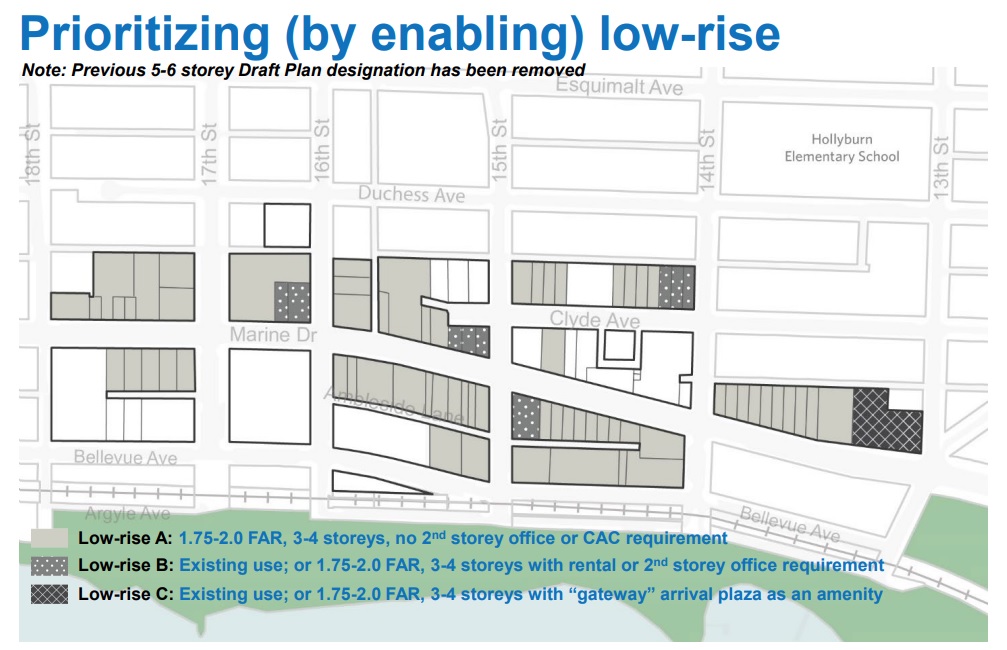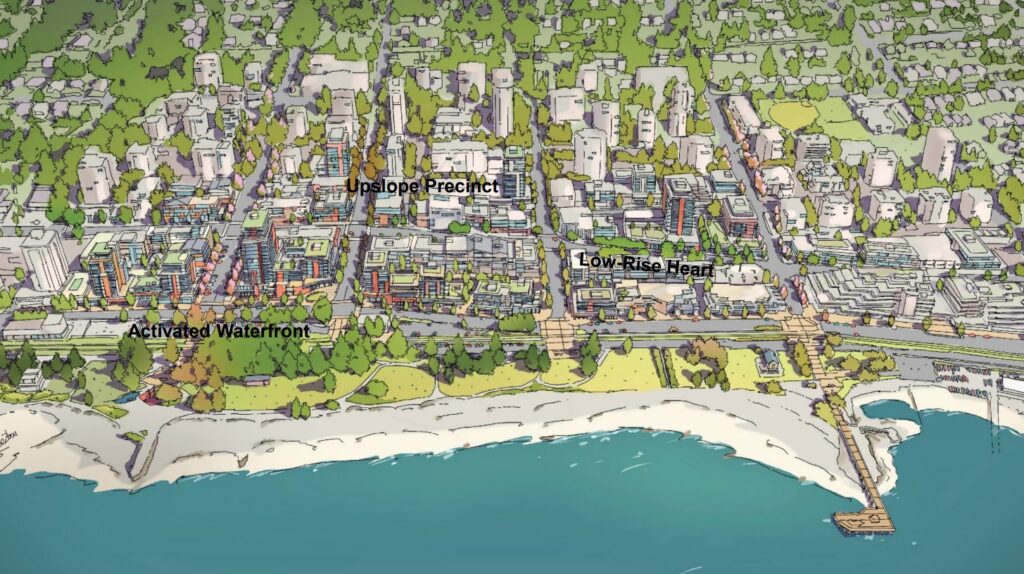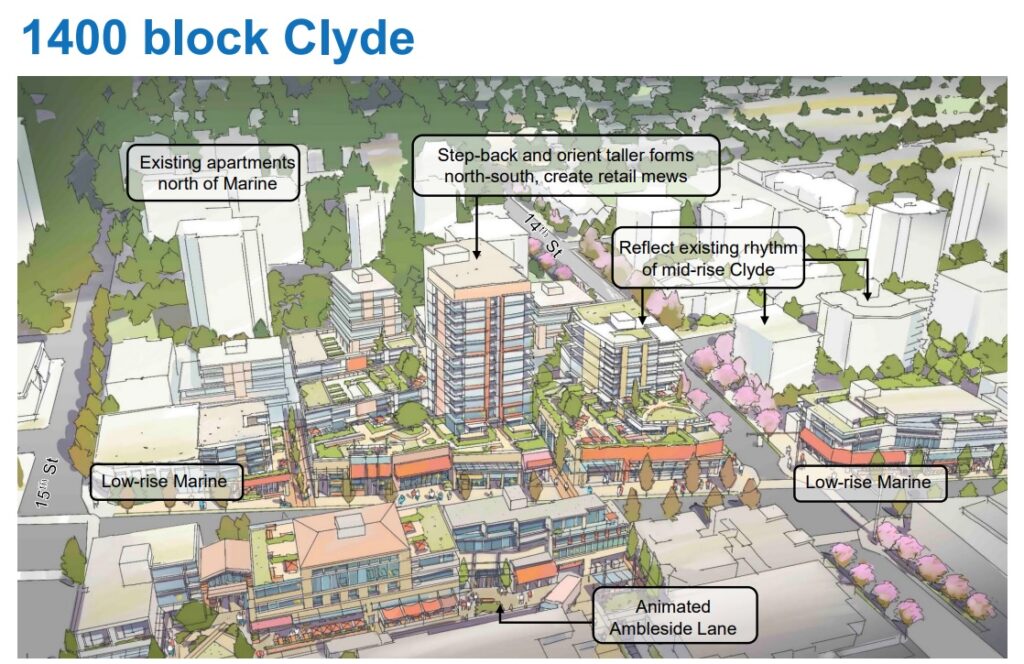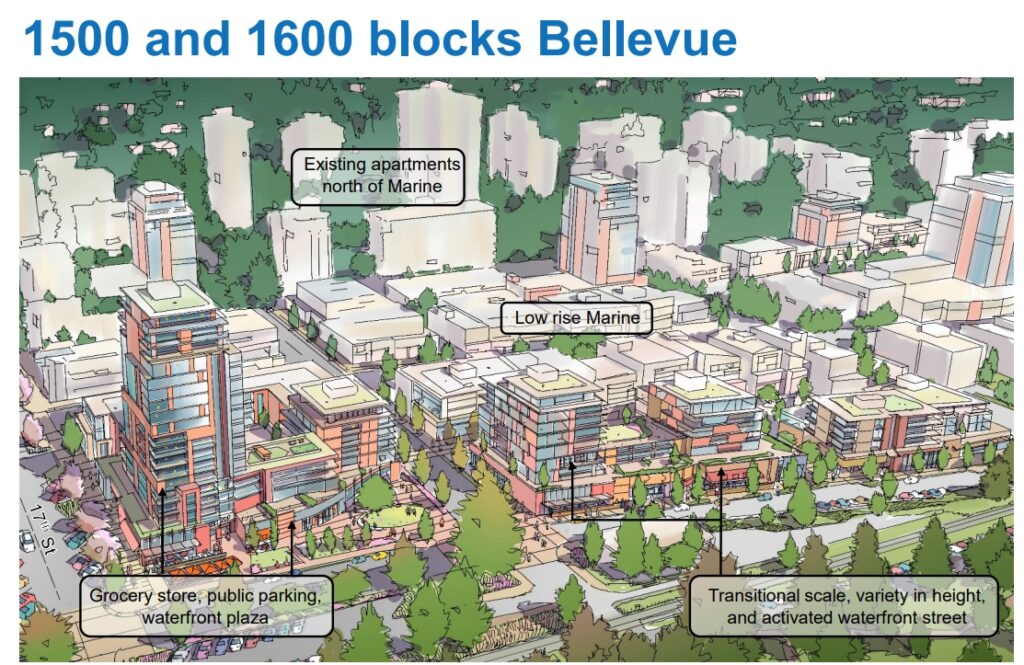Despite an ample amount of listings, the spring slowdown of Metro Vancouver home sales continued in April. According to the latest data from the Monthly Listing Sales (MLS) report from Greater Vancouver Realtors (GVR) and the Fraser Valley Real Estate Board, April home sales across the region remain slow. The GVR report highlighted that in April 2025, the residential sales in the region totalled 2,163, a 23.6 per cent decrease from the 2,831 sales recorded in April 2024. This was 28.2 per cent below the 10-year seasonal average of 3,014. “From a historical perspective, the slower sales we’re now seeing stand out as unusual, particularly against a backdrop of significantly improved borrowing conditions, which typically helps to boost sales,” stated Andrew Lis, GVR director of economics and data analytics, in the report. Roman Makedonsky/Shutterstock “What’s also unusual is starting the year with Canada’s largest trading partner threatening to tilt our economy into recession via trade policy, while at the same time having Canadians head to the polls to elect a new federal government. These issues have been hard to ignore, and the April home sales figures suggest some buyers have continued to patiently wait out the storm,” he added. There were 6,850 detached, attached and apartment properties newly listed for sale in April 2025, representing a 3.4 per cent decrease compared to the 7,092 properties listed in April 2024, and a 19.5 per cent increase in the 10-year seasonal average. A total of 16,207 homes are currently listed for sale on the MLS in Metro Vancouver, an uptick from the 14,546 homes listed in March 2025. It is also a 29.7 per cent increase compared to April 2024 (12,491) and 47.6 per cent above the 10-year seasonal average of 10,979. The MLS Home Price Index composite benchmark price for all residential properties in Metro Vancouver currently sits at $1,184,500, a slight decrease of 1.8 per cent from the year before and a 0.5 per cent decrease compared to March 2025. Detached home sales were recorded at 578, a 29 per cent decrease from the 814 detached sales recorded in the same month in 2024. The current benchmark price for a detached home is $2,021,800, which decreased by 0.7 per cent from April 2024 and a 0.6 per cent decrease compared to March 2025. Sales of apartment homes were 1,130 last month, down 20.2 per cent compared to April 2024. The benchmark apartment price is $762,800 — a 2 per cent dip from the same month last year. Attached home sales in April (442) were also slightly slower than what they were in April 2024 (580). The current benchmark price for a townhome is $2,021,800 — a 0.7 per cent decrease year-over-year. GVR The sales-to-active listings ratio for April 2025 for detached, attached and apartment property types was 13.8 per cent. Lis noted that while the market remains tough, there are some positives worth highlighting. “Inventory levels have just crested 16,000 for the first time since 2019, prices have stayed fairly stable for the past few months, and borrowing costs are the lowest they’ve been in years,” he stated. “These factors benefit buyers, and with balanced conditions across the market overall, there’s plenty of opportunity for anyone looking to make a purchase.” The jurisdiction of GVR, previously known as the Real Estate Board of Greater Vancouver (REBGV), includes not only Vancouver, Burnaby, Coquitlam, Port Coquitlam, Port Moody, New Westminster, North Vancouver, West Vancouver, Richmond, South Delta, Maple Ridge, Pitt Meadows, and Bowen Island, but also the Sunshine Coast, Squamish, and Whistler. Other areas of Metro Vancouver are under the jurisdiction of the Fraser Valley Real Estate Board (FVREB), including Surrey, Langley, White Rock, and North Delta, as well as the Fraser Valley cities of Abbotsford and Mission. According to the FVREB, the number of home sales in its jurisdiction in April 2025 saw a “growing inventory” of over 10,000 active listings, but sales remained sluggish. The FVREB recorded 1,043 units sold of all types in April, up one per cent from March, but a 29 per cent year-over-year decrease. Baldev Gill, FVREB CEO, noted that U.S. tariffs and economic uncertainty continue to impact buyers. “However, with the federal election now behind us and a new administration in place, there’s cautious optimism that a fresh approach to strengthening the economy could be on the way, which is welcome news for the real estate sector,” he said. In April 2025, the benchmark prices in the FVREB reached $1,506,600 for single-family detached houses (up 0.1 per cent from March 2025), $833,100 for townhouses (down 0.1 per cent), and $537,800 for condos (down 0.6 per cent). Single-family detached homes remained on the market for an average of 32 days in April, and just over 29 for the other townhouses and condos. With files from Kenneth Chan













